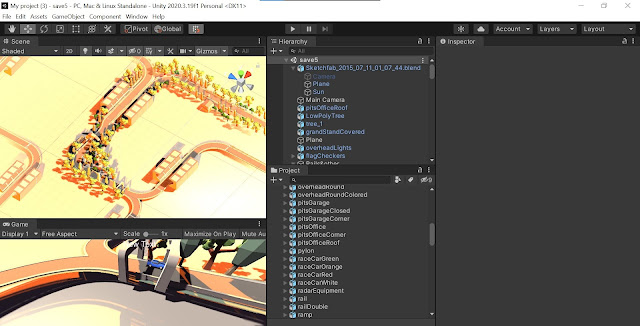READING: Game Design
Controller , Image by Victoria_Borodinova from Pixabay
The articles made game design slightly easier to understand, after each on you more and more. The first article "What is a game anyway" by Ian Schreiber being the easiest to understand while also being in my opinion the most beneficial, it starts out by asking the question "What is Game Design ? and follows up by giving multiple explanations , " A game has "ends and means:an objective, an outcome, and a set of rules to get there. David Parlett ". The writer of this article is having more of a discussion with you, the reader rather then just bombarding you with information. The fun addition of you making your own game is a very practical way of showing how to begin making a game , no matter how small and easy it may be. This article shows that it doesn't require programing skills, creativity or money to create a game , all you need is a pen and paper to begin. Ian never really gives an actual definition of "what is a game" he rather gives a broad explanation and allows you to create your own with all the information he gives.
The second article being the more academic piece of the three, is slightly harder to understand. Being an academic paper its long , very wordy and you find yourself getting lost with how complex it can get. I also found it to be a bit outdated , the interviews for example where carried out in 2005 and 2007. A lot has changed since 2005, in the 15 years since the interviews where carried out the game industry has changed drastically. It was estimated that the games industry would be worth 90.07billion using statistics from 2016, the industry is now worth 159.3billion, so as i said a lot can change. However despite this some of the paper is still useful as it discusses how the designers come up with game designs and the techniques used to advance their designs further. What was interesting was the discussion of formal and informal techniques the designers use. The informal approaches consisted of things that we do on an everyday basis such as watching tv shows , playing other games or going on walks. You don't realize how simple and basic an idea can come to you. The group approach was also discussed as a helpful method used in creative companies.
The final piece , another short article called "Four basic methods for Generating ideas" by Vasiliev Ilya is a short, interesting one which goes into detail about methods you can use. These methods seem very simple but there is more to them, concentration for example, it says that changes in your environment can actually enhance your idea generating rather then staying in the same place forcing yourself to create new ideas. Then there is Scamper, a method I personally have never heard of which each letter represents another method for example, S is for substitute, C is for combine, A is for adapt , M is for modify , P is for put , E is for eliminate , R is for Reverse. It is a very easy way to remember all of these methods that should be used in game idea creation. Overall this article is a very simple yet effective article which highlights the main methods which are of huge benefit to generating game ideas.
I have learnt a lot from each of the articles, and overall enjoyed reading each of them. The new information I was given as already made generating a game idea less daunting then when I started this module. I will defiantly be using these methods when thing of my own game idea as I feel they make the whole process a lot easier.



Comments
Post a Comment